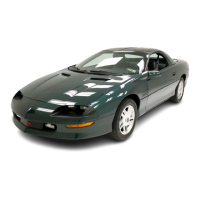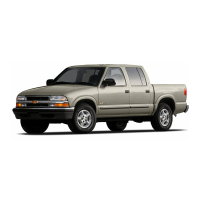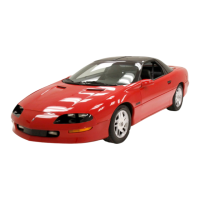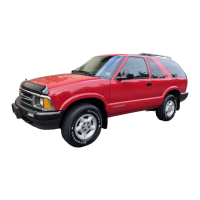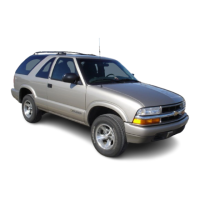Use these switches to shift into and out
of
four-wheel drive. You can choose
among three driving settings:
0
0
0
2HI
-
This setting is for driving in most street and highway situations.
Your front axle
is
not engaged in two-wheel drive.
4HI
-
This setting engages your front axle to help drive your vehicle.
Use 4HI when you need extra traction, such as
on
snowy or icy roads,
or
in
most off-road situations.
4LO
-
This setting also engages your front axle to give
you
extra
traction. You may never need
4LO.
It sends the maximum power to all
four wheels. You might choose
4LO
if
you
were driving off-road in
sand, mud, deep snow and climbing or descending steep hills.
Amber indicator lights
in
the switches show
you
which setting you are in.
The indicator lights will come on briefly when you turn on the ignition and
one will stay
on.
If
the lights do not come
on,
you should take your vehicle
in for service. When shifting, an indicator light will flash until the shift is
completed then remain solidly lit.
To
shift from
2HI
to
4HI
-
Press and release the 4HI switch. This can be
done at any speed, and the front axle will lock automatically.
To
shift from
4HI
to
2HI
-
Press and release the
2HI
switch. This can
be
done at any speed, and the front axle will unlock automatically.
To
shift from
2H1,
or
4HI
to
4LO
-
The vehicle must be stopped or
moving less than
3
mph (4.8
km/h)
with the transmission in NEUTRAL
(N)
in vehicles equipped with an automatic transmission or the clutch pedal
depressed
in
vehicles equipped with a manual transmission. The preferred
method for shifting into
4LO
is
to
have your vehicle slowly moving
1
to 2
mph
(1.6
to
3.2
kdh). Press and release the 4LO switch. You must wait for
the amber
4LO
indicator light
to
stop flashing and go solid amber before
shifting your transmission into gear or releasing
the
clutch pedal.
2-30
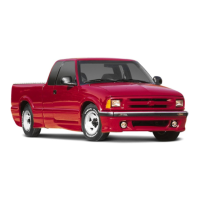
